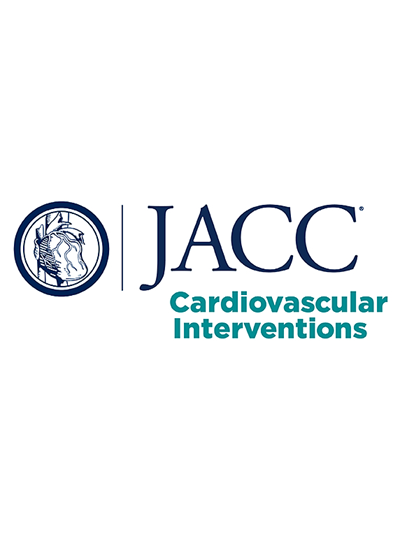Global Algorithm for the Endovascular Treatment of Chronic Femoropopliteal Lesions
IF 11.7
1区 医学
Q1 CARDIAC & CARDIOVASCULAR SYSTEMS
引用次数: 0
Abstract
A global treatment algorithm was developed for the endovascular revascularization of femoropopliteal lesions and chronic total occlusions, aiming toward a more standardized approach to endovascular treatment in patients with peripheral artery disease. The following steps are proposed. 1) Evaluation of lesion morphology based on preprocedural imaging by Duplex sonography and intravenous ultrasound for selection of lesion preparation tools. Lesion characteristics are mainly defined by calcification, lesion length, and the presence of total occlusion and in-stent restenosis. 2) Selection of vessel preparation strategies, which encompass plain old balloon angioplasty, atherectomy, thrombectomy, intravascular lithotripsy and specialty balloons, or a combination of the preceding, based on lesion and patient-specific characteristics. In addition, a Delphi consensus was applied for the appropriateness of lesion preparation strategies, depending on lesion anatomy, length, plaque morphology, and subintimal versus intraluminal guidewire crossing. 3) Definitive lesion treatment strategies using drug-coated balloons, bare-metal stents, drug-eluting stents, and/or covered stents or a combination. By establishing this treatment algorithm in routine practice, improvements in vessel- and patient-specific outcomes are anticipated, which will be further enhanced by continuous collaboration among experts from different countries and disciplines and by randomized controlled trials.
求助全文
约1分钟内获得全文
求助全文
来源期刊

JACC. Cardiovascular interventions
CARDIAC & CARDIOVASCULAR SYSTEMS-
CiteScore
11.60
自引率
8.80%
发文量
756
审稿时长
4-8 weeks
期刊介绍:
JACC: Cardiovascular Interventions is a specialist journal launched by the Journal of the American College of Cardiology (JACC). It covers the entire field of interventional cardiovascular medicine, including cardiac, peripheral, and cerebrovascular interventions. The journal publishes studies that will impact the practice of interventional cardiovascular medicine, including clinical trials, experimental studies, and in-depth discussions by respected experts. To enhance visual understanding, the journal is published both in print and electronically, utilizing the latest technologies.
 求助内容:
求助内容: 应助结果提醒方式:
应助结果提醒方式:


